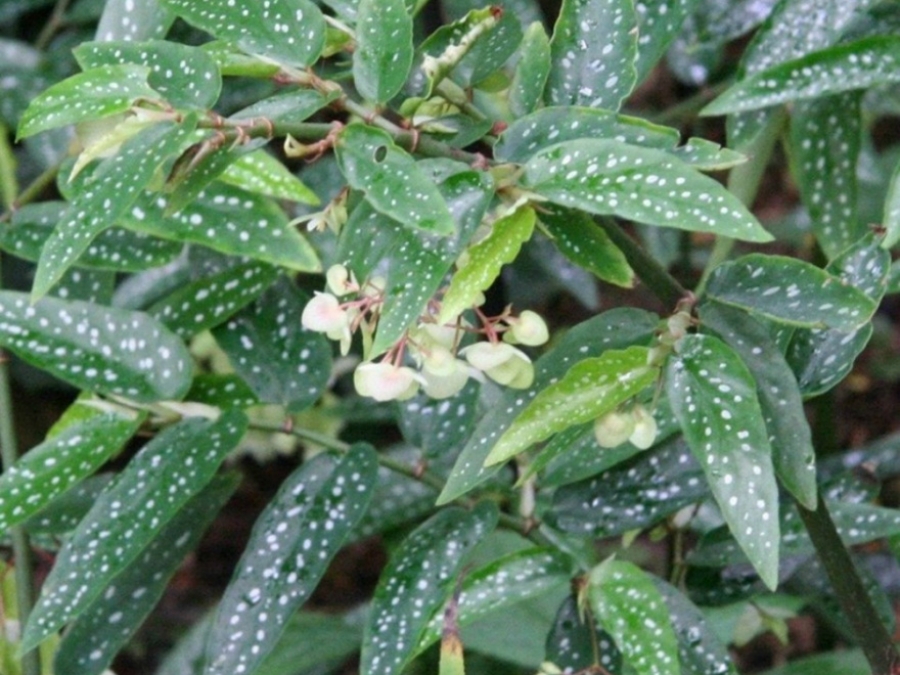Begonia seychellensis
(Begonia seychellensis)

Description
Begonia Seychellensis is a species of plant of the family of the Begoniaceae . This species belongs to the section Mezierea . It was described in 1916 by William Botting Hemsley (1843-1924). With 1,831 species, Begonia is one of the largest genera of flowering plants.[1][2] The species are terrestrial (sometimes epiphytic) herbs or undershrubs, and occur in subtropical and tropical moist climates, in South and Central America, Africa, and southern Asia. Terrestrial species in the wild are commonly upright-stemmed, rhizomatous, or tuberous. The plants are monoecious, with unisexual male and female flowers occurring separately on the same plant; the male contains numerous stamens, and the female has a large inferior ovary and two to four branched or twisted stigmas. In most species, the fruit is a winged capsule containing numerous minute seeds, although baccate fruits are also known. The leaves, which are often large and variously marked or variegated, are usually asymmetric (unequal-sided).
Taxonomic tree:







